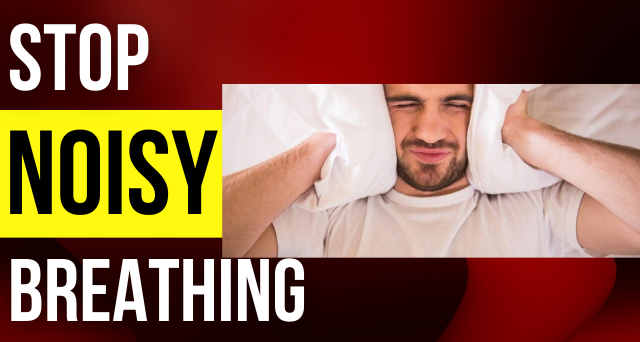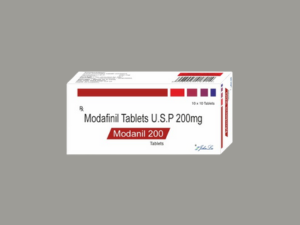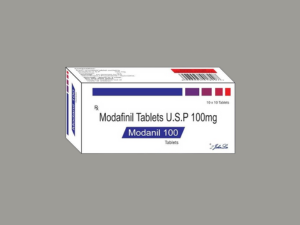
Challenges of Noisy Breathing in your Newborn
Noisy breathing refers to a series of sounds that a person makes. There are a variety of causes for noisy breathing, including asthma.
Table of Contents
When Should I be Concerned About Noisy Breathing?
Noisy breathing medical term is associated with disturbed breathing sounds that structure in the lungs when an individual breathes in and out. The typical sound made by people is hardly noticeable. However, noisy breathing sounds are strained, and these voices are likely to come from the lugs when someone inhales or exhales. These sounds are much clear with a stethoscope, but some are so loud that one can hear them from the ears.
If you have been experiencing noisy breathing for more than a week, you should consult your medical healthcare professional without any delay. Noisy breathing may be a sign of an underlying medical condition. Infection and other issues that cause inflammation or fluid formation in the lungs result in unusual breath sounds.
Breathing noises in your newborn
Newborns are likely to have an irregular breathing pattern that keeps changing from fast to slow and vice versa, with occasional pauses. Cases of noisy breathing in adults are lesser than in babies. If your baby makes breathing noises, take note of it, and share them with the pediatrician.
Signs of potentially worrying noisy breathing in a child may include:
- Increased effort to breathe that may include the following symptoms:
- Flaring: The nostrils of your baby flare during breathing that shows increased effort.
- Grunting: The newborn baby makes a grunting noise at the end of respiration. It serves to try opening up blocked airways.
- Retractions: The muscles in the newborn’s chest (under the ribs) and neck are visible, going in and out more deeply than usual.
- Cyanosis: It means the blood remains blue and does not get sufficient oxygen from the lungs (similar to the case of pneumonia). For true cyanosis, the blood should look blue. To check, look at the areas that get a lot of blood flow, such as the tongue and the lips. Sometimes, the feet and hands of newborn babies turn bluish, but the rest of the body parts seem fine. If that happens, it is not cyanosis but a common physical response to changes in temperature.
- The persistently increased breathing rate of more than 60 breathes per minute or more
- Lethargy: You may notice a maskable reduction in your baby’s energy level if they have a significant lung condition.
- Poor feeding: Respiratory depression often comes with a noticeable reduction in feeding intake.
- Fever: Most lung infections are likely to cause a fever, as well. Always have a proper check on your baby’s body temperature when you are concerned.
Breathing conditions, such as noisy breathing that occur occasionally, are pretty standard. But when it persists, ensure to visit a medical healthcare professional and share your breathing concerns with them.
What does noisy breathing indicate?
You must know that different noisy breathing types indicate other medical conditions. The actual reason behind the breathing problem and what they show depends on the type of sound you are experiencing.
Wheezing
Wheezing is a high-pitched whistling noise that can happen when breathing in or out. Usually, it is an indication that something is forcing your airways to narrow or keeping air obstructing the air from flowing through them.
Two of the most widespread causes of wheezing are some lung diseases such as COPD-chronic obstructive pulmonary disease, and asthma. But several other reasons can also make you wheeze, that may include:
- Allergies
- Emphysema
- Bronchitis or bronchialiolitis
- Gastroesophageal reflux disease (GERD)
- Epiglottitis (swelling of the top flap of the windpipe)
- Lung cancer
- Heart failure
- Pneumonia
- Sleep apnea (interrupted breathing during sleep)
- Vocal cord problems
- Respiratory syncytial virus (RSV)
- An object stuck in the windpipe or voice box
You can also begin to wheeze if you smoke, or it may result as a side effect of specific medications. It is not always severe, but if you have difficulty breathing, breathing rapidly, or your skin turns a bluish color, see your medical healthcare professional. If you suddenly start wheezing after eating food items, you may be allergic to or insect bites, visit the emergency room right away.
Crackling (or Rales)
Crackling is a series of short period, explosive sounds. It can also sound like rattling, bubbling, or clicking. You are more likely to experience them when you breathe in, but they can occur when you breathe out. You can notice fine crackles, higher but shorter in pitch, or lower coarse crackles. Any of them can signify that there is fluid inside your air sacs. The causes of crackling may include:
- heart disease
- pneumonia
- cystic fibrosis
- pulmonary fibrosis
- lung infections, like bronchitis
- COPD (chronic obstructive pulmonary disease)
- Pericarditis is a sac infection that covers your heart.
- Asbestosis is a lung condition that occurs due to breathing in asbestos.
Stridor
Stridor is a noisy, harsh, squeaking sound that happens with every breath; it can be high or low and is usually a sign that something is obstructing your airways. Your medical healthcare professional may tell you the exact place, whether the problem is with the help of your stridor should when you breathe in or out. It is not always a matter of concern, but sometimes it can be a symptom of any life-threatening condition that requires medical attention right away.
You are likely to get stridor if you have any of the following medical issues:
- Paralyzed vocal cord
- Laryngomalacia (softening vocal cords in the babies)
- Narrow voice box
- Croup
- Unusual growth of the blood vessels (hemangioma) right below the vocal cords
- Infection in the trachea (windpipe)
- Epiglottitis (when the upper part of the cartilage that covers your windpipe suddenly swell and blocks the flow of the air to your lungs)
You can also experience stridor if an object gets stuck in the windpipe. In that case, you are likely to need surgery to fix the problem.
Rhonchi
Rhonchi are low-pitched wheezing sound like snoring that usually occurs when you breathe out. It can be a symptom that your bronchial tubes (tubes that connect the trachea to the lungs) gradually thickens due to mucus. Rhonchi sounds can also signify COPD (chronic obstructive pulmonary disease) or bronchitis.
Whooping
Whooping is a high-pitched gasp that usually follows a long bout of coughing. If you notice a “whoop” while breathing in, it may be a sign of whooping cough (also known as pertussis), a contagious infection in the respiratory system.
What are the types of noisy breathing?
There are several distinct noisy breathing types, including:
- Crackles (or rales): sounds like discontinuous clicking, bubbling, or rattling when the person inhales. Crackling breath sounds are likely to be wet or dry, and your health expert might describe them as either fine or coarse.
- Wheezing: is a high-pitched and continuous sound like a whistle. Sometimes, it can be loud enough to hear even without a stethoscope. Squawk is a short-term version of wheeze that usually occurs during inhalation.
- Rhonchi: are continuous, rough, low-pitched sounds that several people compare to snoring.
- Stridor: is a high-pitched, harsh, wheeze-like sound that occurs in individuals who have a blocked upper airway, especially while they are breathing in.
How do you stop noisy breathing?
The noisy breathing treatment depends upon the underlying cause and the severity of an individual’s symptoms. There are various measures to stop noisy breathing based on the reason.
If you have an infection, it may require antibiotic therapy or breathing treatments as it can help open up the airways. While in severe cases, the person may need to admit to the hospital. The issue may get severe when there is a severe infection or fluid in the lungs. In this condition, the person is likely to experience significant trouble breathing or there is airways blockage.
You need to see your healthcare professional if your breathing becomes noisy and does not go away by itself within a week or two. We also advise you to call for medical help if you have any of the following symptoms, which might indicate a medical emergency:
- Chest pain or tightness
- Trouble catching your breath
- Mouth swelling or tightness in your throat
- Blood in your phlegm
- Dizziness, fainting
Noisy breathing causes range from pre-existing illnesses to underlying medical conditions. You can prevent or stop noisy breathing by following a regular healthy routine and making healthy lifestyle choices.





